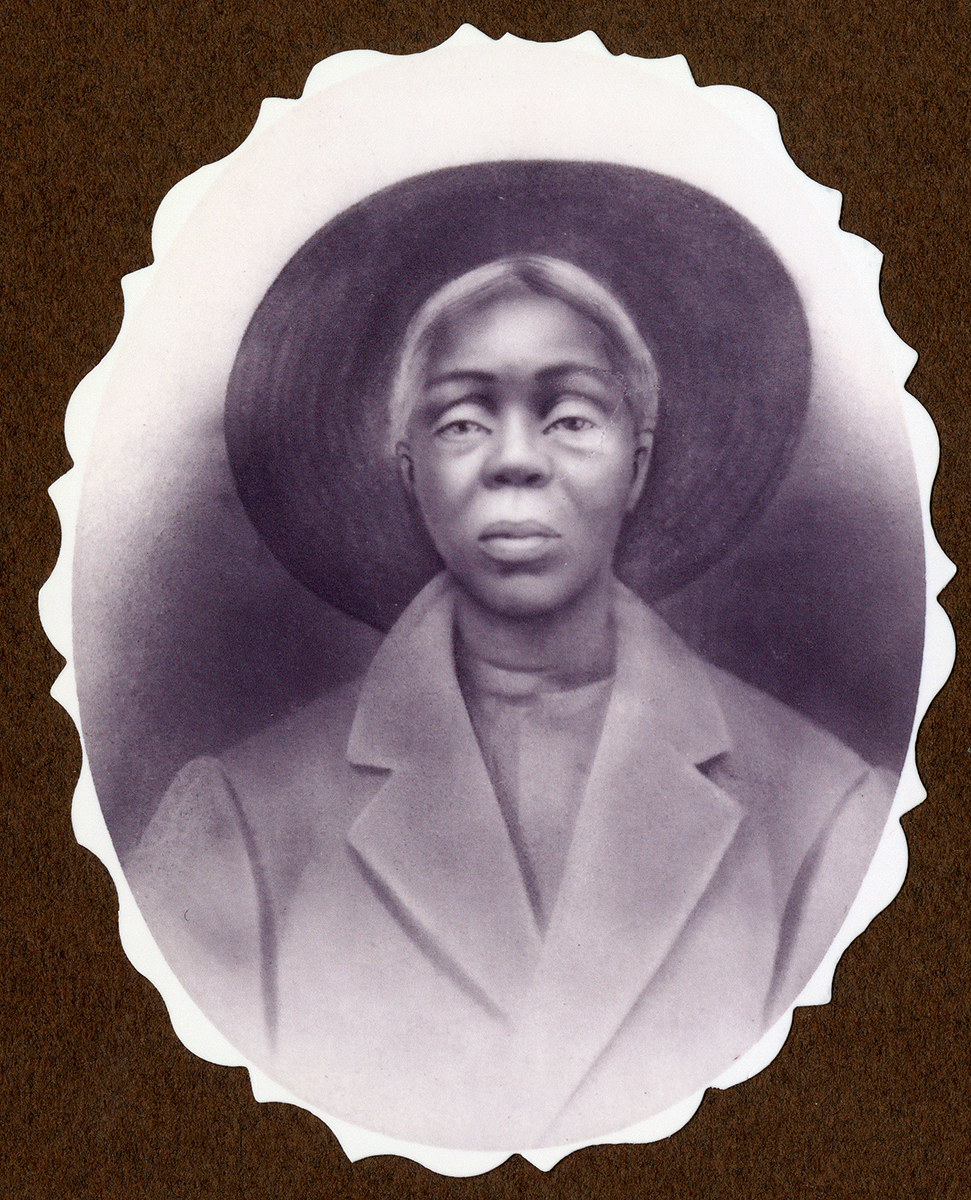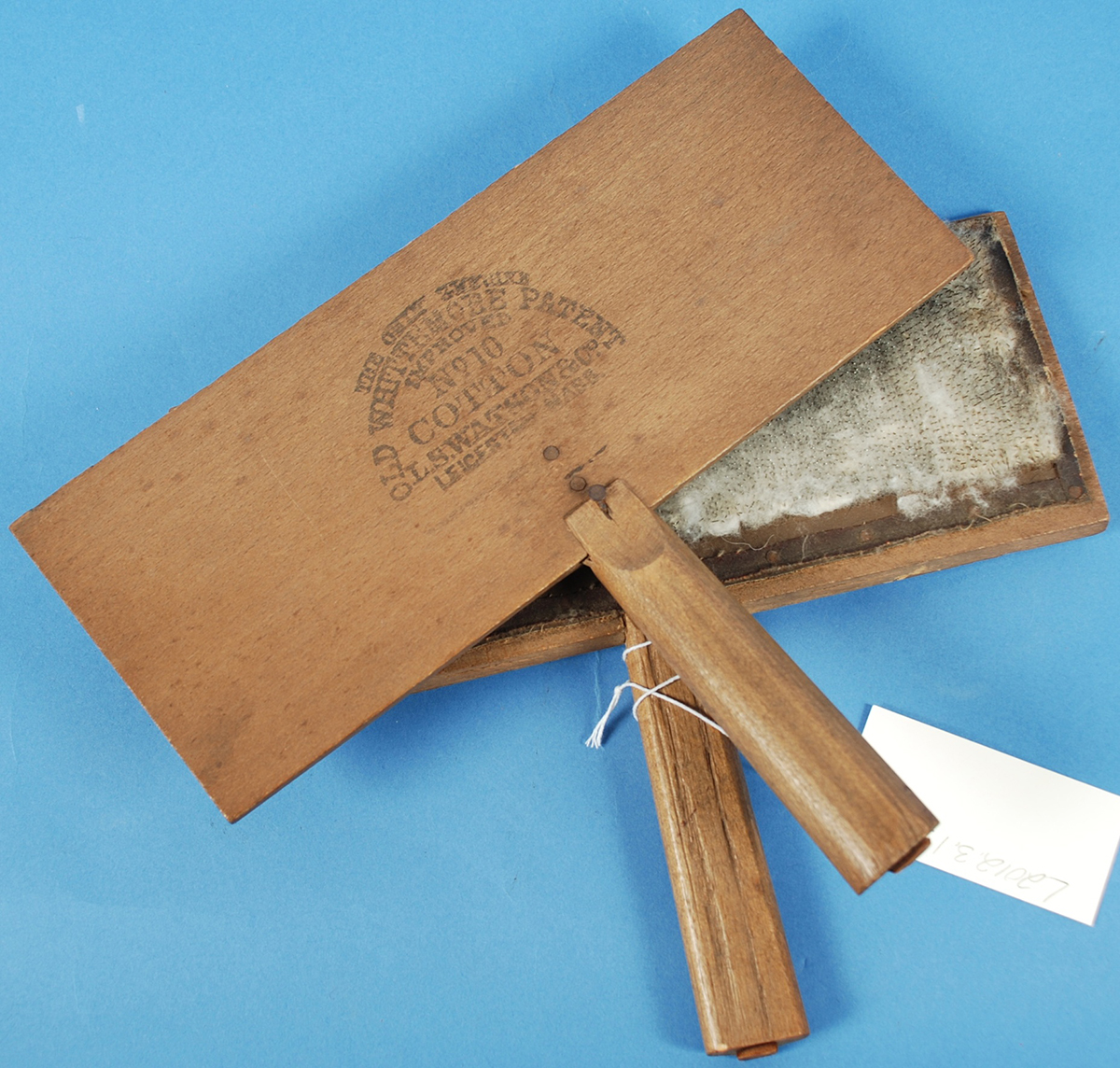
In the late 18th century, American citizens knew that the road to financial success was largely due to slavery and the new nation went about it aggressively. The post American Revolution period witnessed a dramatic increase in slavery – domestically and directly from Africa – from the Revolution up to the abolition of the Trans-Atlantic Trade in 1808.
Eli Whitney’s cotton gin patent in 1794 revolutionized the processing of cotton, making it more efficient, changing the labor dynamics, and allowing the product to get to market much faster and in higher quantities. The machine gave a boost to the development of cotton plantations and attracted investors from Northeast banks and insurance companies. The rapid growth of the cotton industry allowed for the formation of the states of Alabama, Mississippi, Louisiana, Arkansas, Florida, and, later, Texas. As a result, by the mid-1840s, cotton accounted for nearly 45% of the gross national product of the U.S. It was “king cotton” that subsidized the economic strength of the Southern aristocracy.
We know that before great steel mills dominated the industrial base in Pittsburgh, textile mills dotted the shores of the three rivers. Five-thousand tons of southern slave-raised cotton was imported to Pittsburgh each year in those antebellum times.

This agrarian industry had peripheral enterprises as well. Besides the cotton gin, in lower scale production, cotton cards were utilized to process raw cotton. Examples of cotton cards are displayed in the History Center’s long-term From Slavery to Freedom exhibition. These cards were used to process small amounts of cotton for local use. Industrial uses naturally included a cotton gin, card machines, and other equipment to do larger quantities. Loaned by Lois and Inez Miles of Pittsburgh, these cards have been in their family for over 100 years and were used by Mary Ann Carlton (1839-1921), who was the great-great-grandmother of Inez. The Carlton family were from southern Alabama and had been enslaved on cotton plantations. After slavery, as a free woman, Mary Ann Carlton used the cards to contribute to the sharecropping of the family. Inez Miles’ father and his family came from Florida. When the Miles/Carlton family migrated to Vandergrift in 1915, the cotton cards came with them. They are a reminder of the oppression and hardship of their labor and how it served to make their oppressors wealthy.
Samuel W Black is the director of the African American Program at the Heinz History Center.
